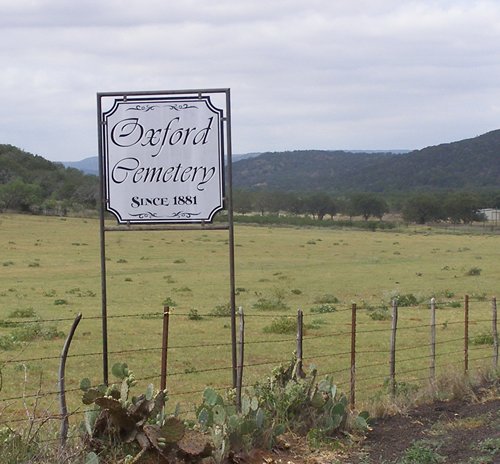Books by
Michael Barr
Order Here: |
|
For
centuries the legend of the Lost Spanish Mine has lured fortune hunters
into the Texas Hill
Country. That legend began on a hill south of Llano.
In 1753 Spanish soldiers exploring the Llano
River heard stories from Apaches of a hill of red ochre (cerro
del almagre). Veins of silver were said to run through that hill so
thick it hung in stalactites from the roofs of caves. When the Apaches
acquired guns, they used the silver to mold bullets.
In 1756 Bernardo de Miranda, a Spanish official, found the hill in
what is now the Riley Mountains of Llano
County. The site is a half mile north of Honey Creek and 13 miles
west of the place where the creek merges with the Llano
River.
Workers opened a shaft in the hill and Miranda carried ore samples
from the Los Almagres Mine back to Mexico. The samples were not promising,
but the legend of the Lost Spanish Mine was born.
In 1758 soldiers transported ore from Miranda's mine to the fort near
present day Menard
where workers built a crude smelter. After soldiers abandoned the
fort, the smelter and the slag heap next to it led visitors to conclude
incorrectly that the Los Almagres Mine was on the San
Saba River.
Stephen F. Austin
heard stories of the Los Almagres Mine. Using the lure of treasure
as a tool to recruit settlers, Austin included the mine on his 1829
Texas map, but he put it in the wrong place.
Following Austin's map, James Bowie searched for the Los Almagres
Mine on the San
Saba, but the mine was really 70 miles away on Honey Creek. |
Austin and Bowie
muddled the facts but grew the legend. Meanwhile the real location
of the Los Almagres Mine got lost in the shuffle.
From time to time the lost mine mysteriously revealed itself but only
to travelers who weren't looking for it. Men claimed to have stumbled
upon the lost mine, but after leaving it could never find it again.
The mystery of it all only caused men to want it more.
In
the 1870s a group of investors, excited by veins of silver in a hill
south of Llano,
began work in an area that looked like it had been mined before. They
called their shaft the Sam Houston Mine. Twelve men worked in shifts
around the clock, but a big strike in Chihuahua, Mexico spelled trouble
for the Sam Houston Mine. Miners would work awhile then "buy out their
time at a discount," before heading for Chihuahua where the real fortune
lay.
Of course mining on a commercial scale is expensive. A mine needs
money to stay in business.
In an effort to raise operating funds the owners of the Sam Houston
Mine planted stories in area newspapers giving glowing reports of
the mine and guaranteeing handsome profits for investors.
There were a lot of fancy words thrown about, but most of the language
was incoherent mining talk designed to impress prospective investors
who knew just enough mining jargon to be vulnerable.
But in the end the Sam Houston Mine was only good for bamboozling
shareholders. Fortunes and lives were wasted. The mine was shut down
and forgotten.
Then in 1902 a man named Bolton obtained a copy of Bernardo de Miranda's
report from a Mexican archive. The report led Bolton to what was called
the Boyd Shaft near Honey Creek about 12 miles south of Llano.
Bolton was certain he had found the Lost Spanish Mine. |
 |
Investors formed
the Los Almagres Mining Company, but the mine proved unproductive
and was forgotten again.
The
hard granite hills of Llano
County have changed little since Bernardo de Miranda first saw
them 300 years ago. It is fine country for a livestock range but not
so much for mining. Apparently there is just enough silver to tickle
the imagination, but not enough to be profitable.
The hill of red ochre that started it all is about five miles east
of Oxford
Cemetery. The cemetery is on Highway 16 between Fredericksburg
and Llano.
© Michael Barr
"Hindsights"February
1 , 2017 Column
More Texas Treasure
Hunting › |
Sources:
The Handbook of Texas, Los Almagres Mine.
Galveston Daily News, "The Gold Hunters," August 18, 1879,
p4, c5.
J. Frank Dobie, Coronado's Children (Austin: The University
of Texas Press, 1930), 3-52.
Skip Hollandsworth, "X Marks the Spot," Texas Monthly Magazine,
June 2009.
The Austin Daily Texan, "The Lost Silver Mine," February 6,
1956, p2. |
|
|
|
